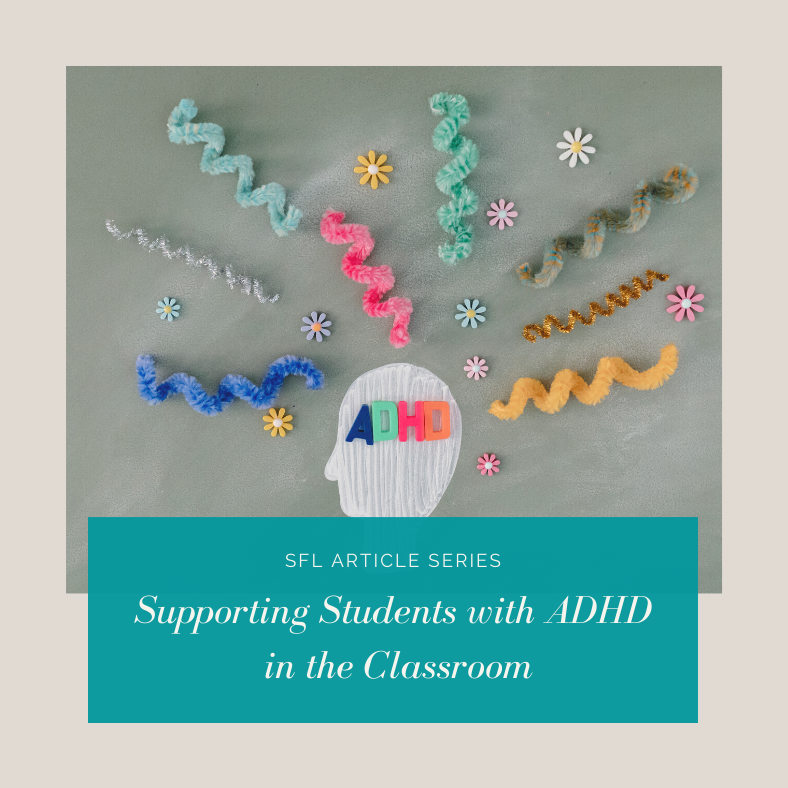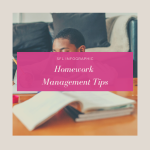No products in the cart.

ADHD accommodations can be made in the classroom to help minimize distractions and disruptions for students with attentional difficulties. Just think of what the school setting requires children to do: Sit still, listen quietly, pay attention, follow instructions, and concentrate. These are the very things kids with ADHD have a hard time doing—not because they aren’t willing, but because their brains won’t let them.
A Teacher’s Role in ADHD Accommodations
So how does one support a student who has difficulty with focus and attention? With a lot of patience, creativity, and consistency. As a teacher, our role is to evaluate each child’s individual needs and strengths. Then we can develop strategies that will help students with ADHD focus, stay on task, and learn to their full capabilities.
Our most effective tool, however, in helping a student with ADHD is a positive attitude. Make the student your partner by saying, “Let’s figure out ways together to help you get your work done.” Assure the student that you’ll be looking for good behavior and quality work, and when you see it, reinforce it with immediate and sincere praise. Finally, look for ways to motivate a student with ADHD by offering rewards on a point or token system.
Most Common ADHD Accommodations
Seating
- Seat the student away from windows and doors.
- Seat the student in front of the teacher, unless that would be an additional distraction.
- Seats in rows, with focus on the teacher, usually work better than students seated around tables or facing one another.
Learn more about how alternative seating affects students with ADHD.
Information delivery
- Give instructions one at a time and repeat as necessary.
- If possible, work on the most difficult material early in the day.
- Use visuals: charts, pictures, and color coding.
- Create outlines for note-taking that organize the information as you deliver it.
Student work
- Create a quiet area free of distractions for test-taking and quiet study.
- Create worksheets and tests with fewer items; give frequent short quizzes rather than long tests.
- Reduce the number of timed tests.
- Test the student in the way he or she does best, such as orally or by filling in blanks.
- Show the student how to use a pointer or bookmark to track written words on a page.
- Divide long-term projects into segments and assign a completion goal for each segment.
- Accept late work and give partial credit for partial work.
Organization
- Have the student keep a master notebook, a three-ring binder with a separate section for each subject, and make sure everything that goes into the notebook has holes punched and is put on the rings in the correct section.
- Provide a three-pocket notebook insert for homework assignments, completed homework, and “mail” to parents (permission slips, PTA flyers).
- Color-code materials for each subject.
- Allow time for students to organize materials and assignments for home. Post steps for getting ready to go home.
- Make sure the student has a system for writing down assignments and important dates and uses it.
These common ADHD accommodations can help students succeed in the classroom and beyond and help them find their joy in learning. Learn more about Accommodations in the classroom.
Other Resources:







No comment yet, add your voice below!